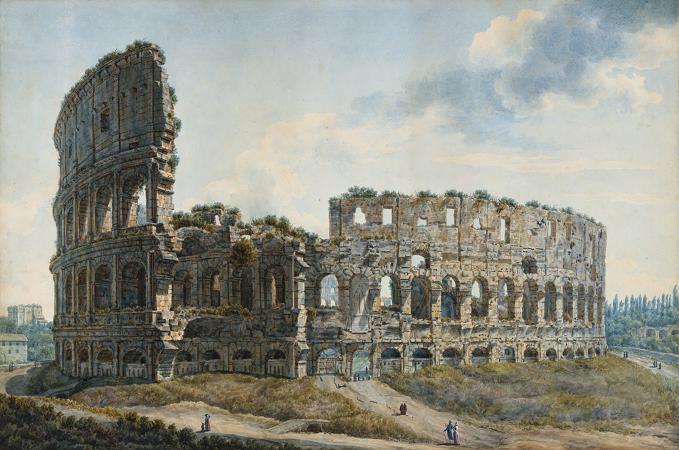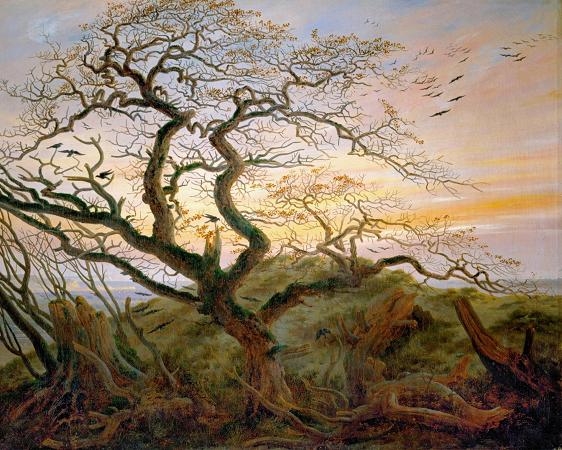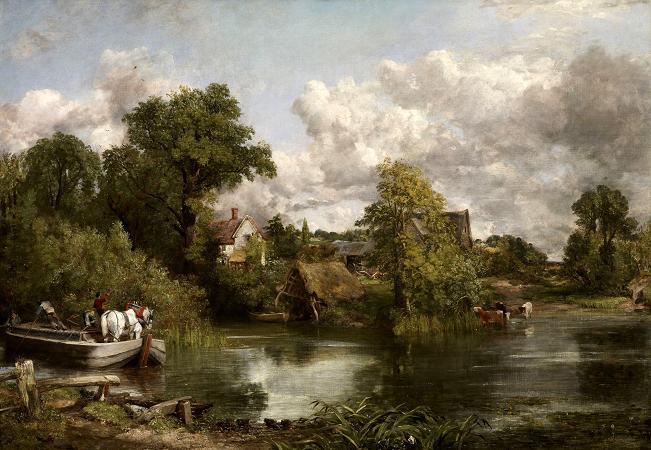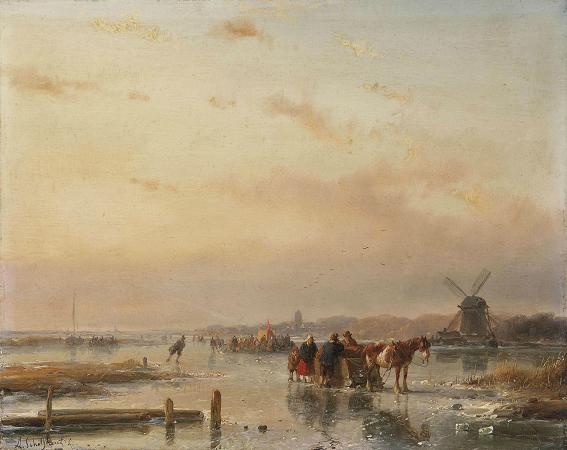Romanticism Artist. Romanticism was an artistic, literary, musical and intellectual movement that originated in Europe toward the end of the 18th century, and in most areas was at its peak in the approximate period from 1800 to 1850. Romanticism was characterized by its emphasis on emotion and individualism as well as glorification of all the past and nature, preferring the medieval rather than the classical. It was partly a reaction to the Industrial Revolution, the aristocratic social and political norms of the Age of Enlightenment, and the scientific rationalization of nature, all components of modernity. It was embodied most strongly in the visual arts, music, and literature, but had a major impact on historiography, education, the social sciences, and the natural sciences. It had a significant and complex effect on politics, with romantic thinkers influencing liberalism, radicalism, conservatism and nationalism. The movement emphasized intense emotion as an authentic source of aesthetic experience, placing new emphasis on such emotions as apprehension, horror and terror, and awe, especially that experienced in confronting the new aesthetic categories of the sublimity and beauty of nature. It elevated folk art and ancient custom to something noble, but also spontaneity as a desirable characteristic. In contrast to the Rationalism and Classicism of the Enlightenment, Romanticism revived medievalism and elements of art and narrative perceived as authentically medieval in an attempt to escape population growth, early urban sprawl, and industrialism. Although the movement was rooted in the German Sturm und Drang movement, which preferred intuition and emotion to the rationalism of the Enlightenment, the events and ideologies of the French Revolution were also proximate factors. Romanticism assigned a high value to the achievements of heroic individualists and artists, whose examples, it maintained, would raise the quality of society. It also promoted the individual imagination as a critical authority allowed of freedom from classical notions of form in art. There was a strong recourse to historical and natural inevitability, a Zeitgeist, in the representation of its ideas. In the second half of the 19th century, Realism was offered as a polar opposite to Romanticism. The decline of Romanticism during this time was associated with multiple processes, including social and political changes and the spread of nationalism. The nature of Romanticism may be approached from the primary importance of the free expression of the feelings of the artist. The importance the Romantics placed on emotion is summed up in the remark of the German painter Caspar David Friedrich, the artist's feeling is his law. For William Wordsworth, poetry should begin as the spontaneous overflow of powerful feelings, which the poet then recollect in tranquility, evoking a new but corresponding emotion the poet can then mold into art. To express these feelings, it was considered the content of art had to come from the imagination of the artist, with as little interference as possible from artificial rules dictating what a work should consist of. Samuel Taylor Coleridge and others believed there were natural laws the imagination, at least of a good creative artist, would unconsciously follow through artistic inspiration if left alone. As well as rules, the influence of models from other works was considered to impede the creator's own imagination, so that originality was essential. The concept of the genius, or artist who was able to produce his own original work through this process of creation from nothingness, is key to Romanticism, and to be derivative was the worst sin. This idea is often called romantic originality. Translator and prominent Romantic August Wilhelm Schlegel argued in his Lectures on Dramatic Arts and Letters that the most phenomenal power of human nature is its capacity to divide and diverge into opposite directions. Not essential to Romanticism, but so widespread as to be normative, was a strong belief and interest in the importance of nature. This particularly in the effect of nature upon the artist when he is surrounded by it, preferably alone. In contrast to the usually very social art of the Enlightenment, Romantics were distrustful of the human world, and tended to believe a close connection with nature was mentally and morally healthy. Romantic art addressed its audiences with what was intended to be felt as the personal voice of the artist.
more...














